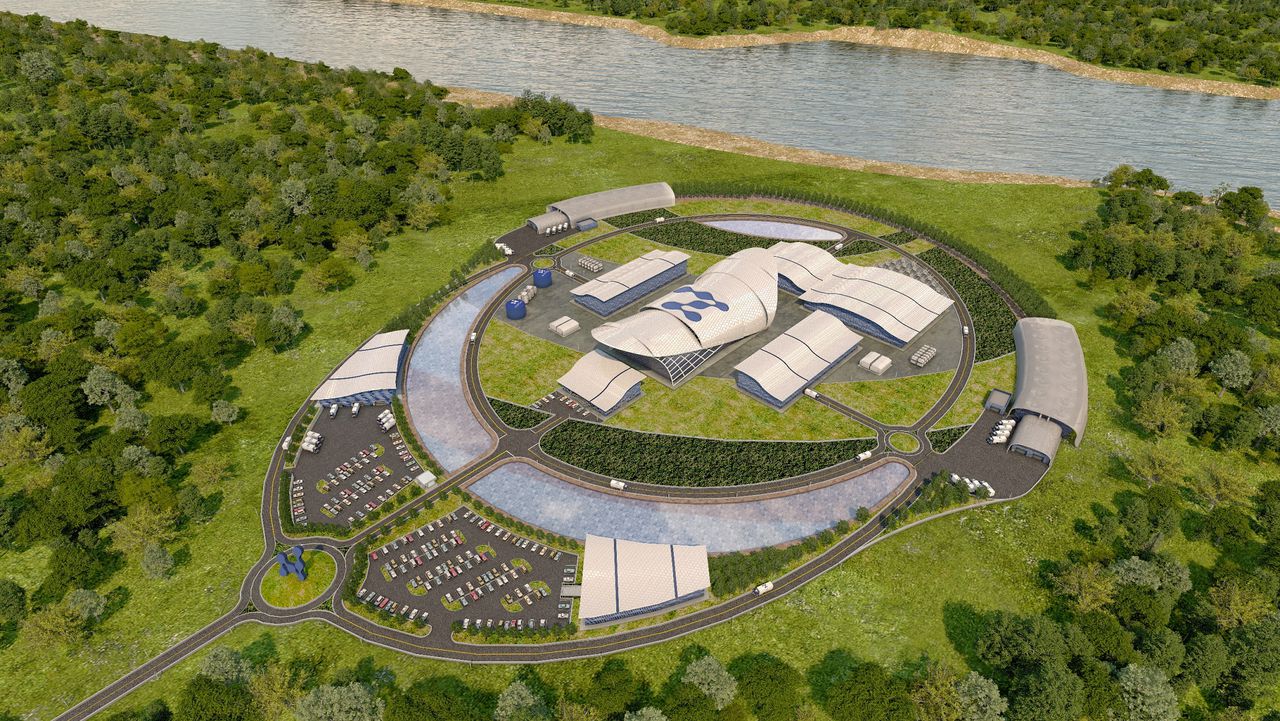The nuclear power sector is betting its long-term profitability on a new generation of reactors. Reactors small enough to transport, use alternative cooling methods and have lower pressure than traditional plants.
Supporters of this technology are certain that politicians and public opinion lack confidence because they are poorly informed. Worse: because they are still stuck in plants that bear little or no resemblance to new generation nuclear power, a nuclear power plant that generally uses substances such as molten salt and lead, or gases such as helium, to avoid overheating of the core.
No company employing these technologies has won a construction license in the world. Why?

New generation nuclear: the appetite is strong
Proponents of micro-plants have been pushing for almost a decade on the "ecological" characteristics of new nuclear power: a technology that does not involve emissions can favor the ecological transition towards the zero emissions objective. Based on these considerations, the US Department of Energy is asking Congress for up to $4 billion over seven years for the development of advanced reactors. Among the beneficiaries there would be companies such as Terra Power, a startup founded by Bill Gates; X-energy, which designs a gas-cooled high-temperature reactor; and Kairos Power , which aims to build a salt-cooled test reactor from 35 megawatts. Potential? So many. Interests? As many.
So what's wrong?
With the accidents of Three Mile Island, Chernobyl e Fukushima Daiichi still fresh in everyone's minds, these new mini power plants still face strong and determined opposition. Environmental groups say mini nuclear power plants, with its capacity of 1,5 MW or less, are about 0,1% the size of a conventional power plant, and still produce enough radioactive material to pose contamination risks. Adding more facilities, especially small ones, will only increase entropy and the amount of hazardous waste that no one knows what to do with.
Globally, more than 70 small modular reactors (with a total capacity of about 12 gigawatts) have been proposed or are under development in at least five countries, according to the International Atomic Energy Agency. The only one already built is a floating reactor in the Russian city of Pevek on the Arctic Ocean, which is used to power mining operations.

They are not needed
Gregory Jaczko, chairman of the US Nuclear Regulatory Commission from 2009 to 2012, says the lack of regulatory and 'social' dynamism around these new plants suggests it would be wrong to count on them as a way out of the climate crisis. “They're just not ready,” he says. “And when they might be ready, they won't be useful.” Is he right? Is that so?
The fact is that, guided by the many operators (dozens around the world) working on new projects, legislators are also "persuaded", both in the USA and in Europe (and in UK), to include nuclear power projects as part of strategies that will help facilitate the ecological transition.
Companies applaud this new trend (which does not yet take public opinion into account, or which takes into account the fact that it can soon be convinced with "strong" arguments such as the catastrophic alternative of the energy crisis). Almost all of them say that the new nuclear power plant is ready, and the slowness in approving the projects depends only on the poor preparation of commissioners and government bodies.
The next steps
The intentions, I reiterate from the trends I see, are to develop licensing frameworks for advanced reactors, and this is something that is likely to happen within the next 5 years. The regulations will likely change, and the green light will be given to the development of dozens of new projects. Advanced nuclear power is a possible reality in the coming years.
The fog of doubt, however, is still thick.


